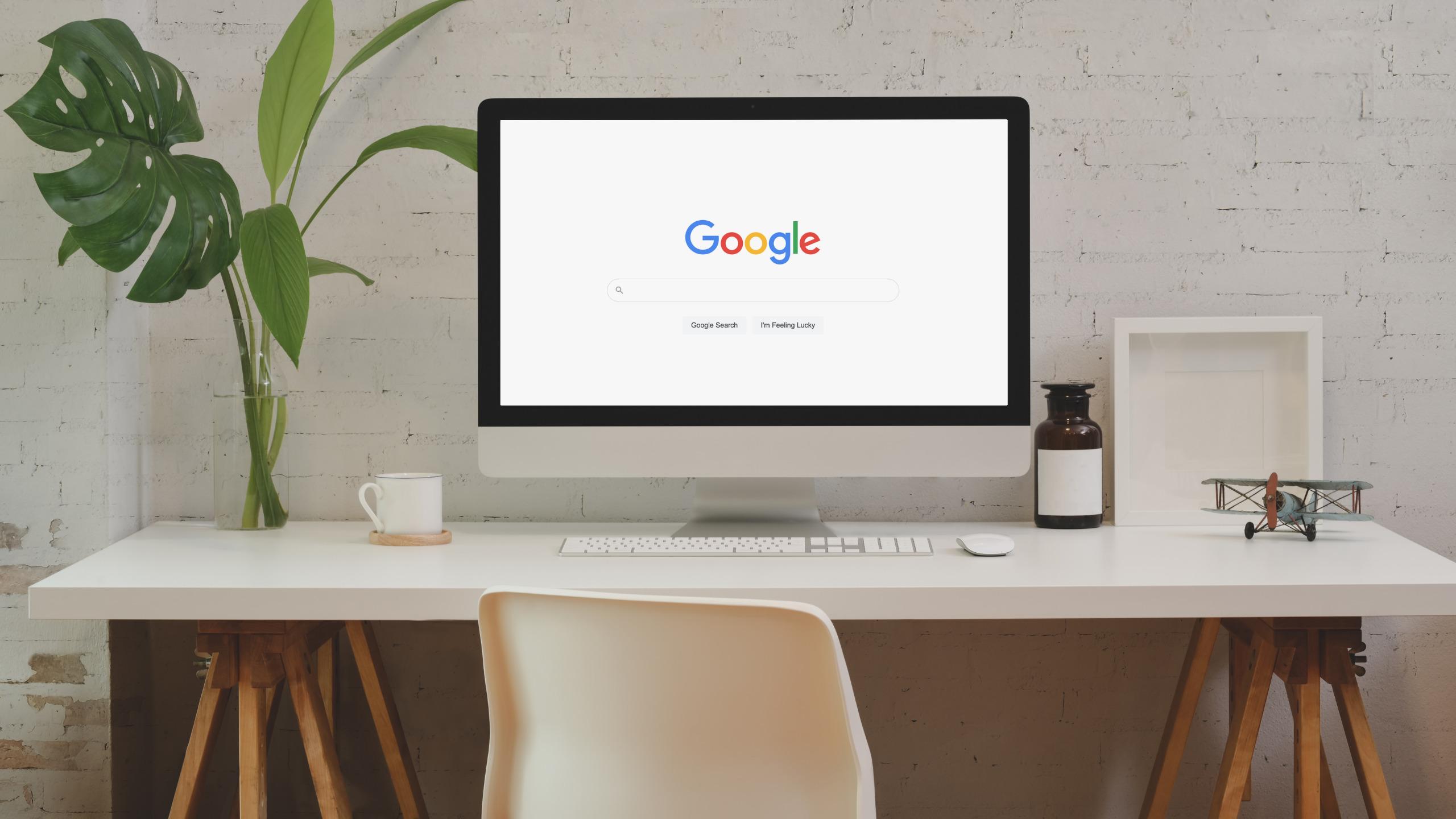SEO Best Practices 2021
What is the best practice of SEO in 2021? One could say that SEO is an exact science, since the underlying algorithms are just mathematics and code. But the search engines today are very complex with machine learning and artificial intelligence taking a bigger and bigger part.
When put into practice most SEOs would probably tell you that SEO is far from an exact science. If you ask the same SEOs what is considered best practice, you will get different answers depending on who you ask. To make it even more complicated, you will get a lot of answers contradicting Google’s official resources about SEO.
In our SEO best practice guide we have tried to base our answer on different sources within the SEO community. As well as our own empirical observations. All of our sources are well-known experts who hold a high authoritativeness in both the industry and within the SEO community.
Publish Amazing Content
Might sound obvious but I have seen so many cases where business and webmasters don’t take their content strategy seriously enough. Basically, thin or poor content won’t do the trick anymore.
You want to publish original content of high quality. But how do you know if your quality is good enough?
If the content is good, people will stay and spend time reading it. This will affect your bounce rate and time spent on site. Both important ranking factors. If the content is great, people will link to you, which is a very important ranking factor.
Best practises for writing amazing content includes several different factors, so please keep reading.
Pick the Perfect Keyword
The best way to make sure your content has the potential to get readers is to do the groundwork by finding keywords and phrases that people are already searching for. Whilst it might be tempting to go for the keyword with the most searches it will probably be the most competitive one. You should always strive to pick a keyword in your league.
When you have a bunch of interesting keywords with estimated search volume in front of you, you should always take the competition into consideration when choosing. If you don’t manage to rank at all, pick a keyword that is less competitive. If it was a piece of cake, you could move on to more competitive keywords.

Use Keywords the Right Way
When you are writing an article or a piece of content for a website you should always have the main keyword in mind. You don’t have to mention this keyword a certain number of times to make your content SEO friendly. Keyword density and keyword stuffing belong to the old days of SEO.
What you should do though, is to make sure to mention this main keyword or keyphrase early on in your content. This will send a signal to Google what the content is about.
If you think about it is quite logical. If you are writing about a specific topic, why would you mention the main subject at the end of the article? You should also make sure to use synonyms which will help you catch related searches.
Optimize the Title Tag
Your title tag should obviously also contain your main keyword, to naturally reflect the context of the page. But research also shows there are a few ways to increase your CTR with a good title tag.
Whilst the title tag usually consists of 50-60 characters, research shows that titles that are between 15 and 40 characters have the highest CTR. A title tag within that span has an 8.6% higher CTR compared to titles that are either longer or shorter.
Research also shows that a title tag containing a question will have a 14.1% higher CTR compared to titles that don’t contain a question.
Meet the Search Intent of the User
Part of writing high-quality content is writing content that actually fulfills the search intent of a user. It’s usually referred to as semantic SEO. The more of a topic you can cover and the more questions you can answer, the better.
It’s important that you understand the search query to be able to understand what the user is looking for. Some search queries, more than others, might not simply get answered by a single answer. They might in a higher degree be followed by another question or search query.
If you manage to answer all those potential questions on your page, rather than letting the user go back to the search engine, you have met the search intent in the best possible way.
Track Your Results with Search Console, Analytics and Wincher
Whilst there definitely is a best practice for SEO, there’s no exact recipe for SEO that works perfectly in every single case. A process that might have delivered fantastic results for hundreds of people and websites might give a different result for you. Especially if the process has a few years on its back.
When you do any kind of SEO it’s important that you can track and evaluate your work. There’s not really an upper limit on the amounts of useful SEO tools you can have in your toolbox. But in my opinion, there is a minimum.
You want a good rank tracker, like Wincher, to keep track of your rankings. Wincher is also useful for identifying new keyword opportunities.

You do want a traffic analysis software, like Google Analytics, to see if your traffic reflects your expectations. You also want to see how your users interact with your website, how long they are staying, and what they are doing.
You also want to use Google Search Console to get in-depth data about your website’s performance on Google. Google Search Console is also a must-have to keep an eye on your website’s health.
Optimize images
It’s easy to forget about images in your day-to-day SEO activities. But you might miss out on a lot of valuable traffic.
Google’s image search has been going through a few different stages throughout the years. Back in 2013 Google implemented the view image button which made a lot of the image search traffic more or less useless since the users just saw the image out of context.
Since 2018 the button is gone and websites do see traffic coming from the image search once again. So how do you make sure to get your cut?
Best practices for image optimization are naming the images with an appropriate name, use the alt text to describe the image, and keep the file size down.

Use SSL
SSL is a protocol used to encrypt the traffic between the user and the server. It’s not the strongest ranking signal when it comes to SEO, but everyone agrees that it matters. And why wouldn’t you want to offer a more secure experience?
In May 2019 just over 50% of all websites were using an SSL certificate. One year later, in May 2020 the number is only up to 60%. That means there’s still a good chunk of 40% of all websites sending unencrypted traffic over the internet.
It should be a no-brainer for any webmaster to use SSL for a more secure website. It’s fairly easy to set up yourself, but most hosting companies offer SSL installation with a simple click. Usually against a small fee, but there’s also plenty of ways to get SSL completely free. So it is a no-brainer, right?
URLs and Breadcrumbs
As you might have noticed Google is slowly moving away from URLs in the SERP. Nonetheless, you should make sure your URLs are fairly short and descriptive. As well as a representative of the logical structure of your website.
Instead of URLs, Google is now showing breadcrumbs. If you don’t have breadcrumbs properly implemented, Google will base them on your URLs.
The best practice, in this case, is to use pretty URLs and implement breadcrumbs, but if you have to choose – URLs are the most important.

Site Speed
Nowadays there are no excuses for having a slow website. There are numerous guides out there to optimize the speed of your website. If you are using a CMS like WordPress you also have plenty of plugins to choose from that will help you speed up your website.
There are also various options to cache your website and deliver content through a CDN, which also will increase the performance of your website.
It’s a well-known fact that site speed affects your rankings, both directly and indirectly. As important it is to satisfy Google’s algorithms, it is to give your users a great experience.
Stay Safe from Malware and Hackers
I rarely see this being mentioned in SEO guides and checklists. The reason might be because it’s not really an SEO factor. But getting hacked has a fairly high potential risk of hurting your SEO.
If you are using a well-known CMS, like WordPress for example, it’s fairly common to get hacked if you don’t update plugins and themes often enough. It’s also fairly common that the hackers are so-called blackhat SEO’s who want to inject a backlink to their site or another hacked site. When this happens you usually receive a lot of spammy backlinks to your site as well, in an attempt to boost their backlink.
It’s also possible they will use your site as a doorway page or put up malicious software.
Skip Meta Keywords
It shouldn’t need to be mentioned, but unfortunately, it does. Forget about meta keywords. Meta Keywords haven’t been a ranking factor for ages, not with Google and not with any of the major search engines.
Instead of spending time on meta keywords, focus on all of the above. SEO best practices today are all about having a holistic approach. If your website is well structured, you have amazing content and the users are happy, then the search engines will be happy as well.










